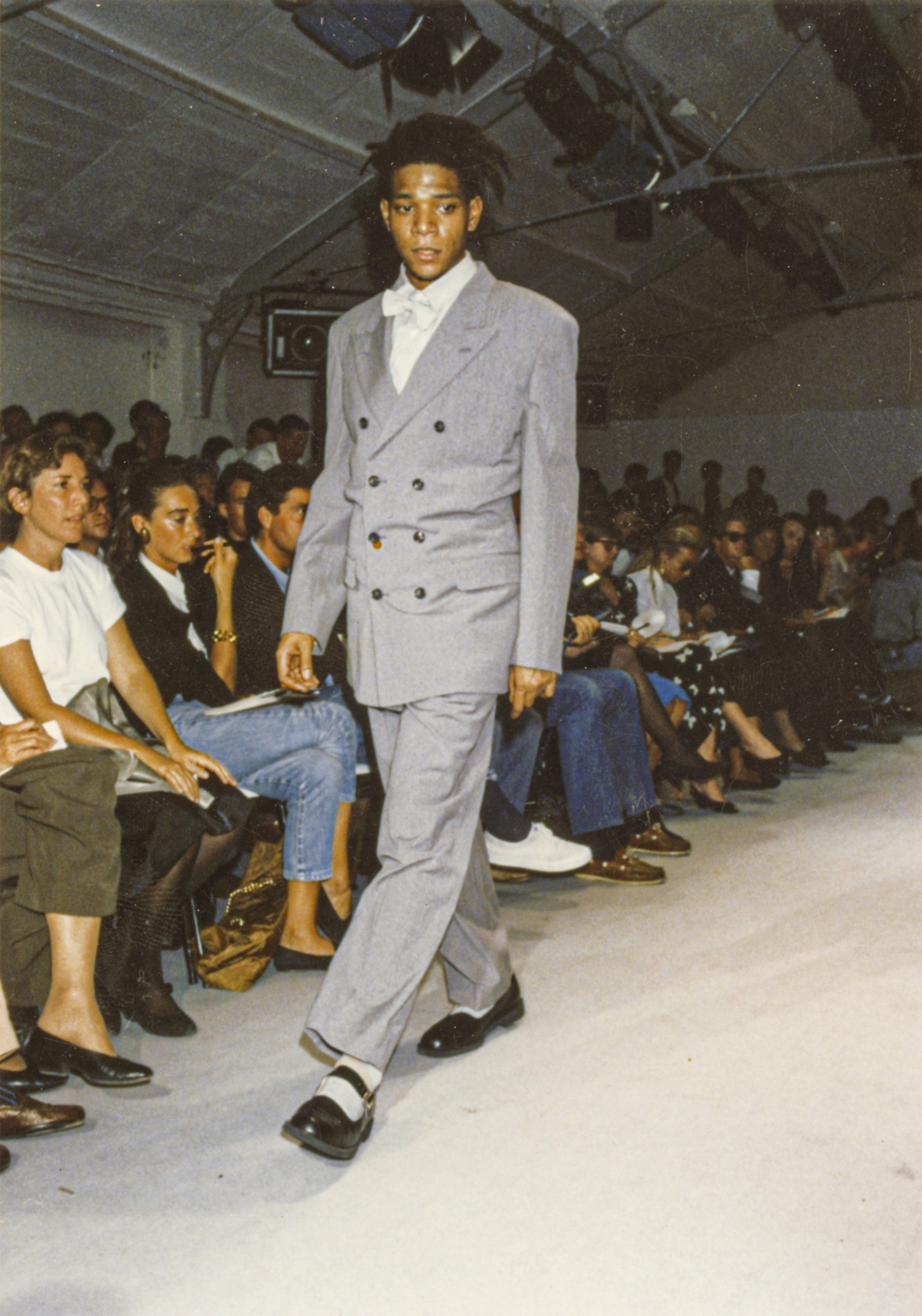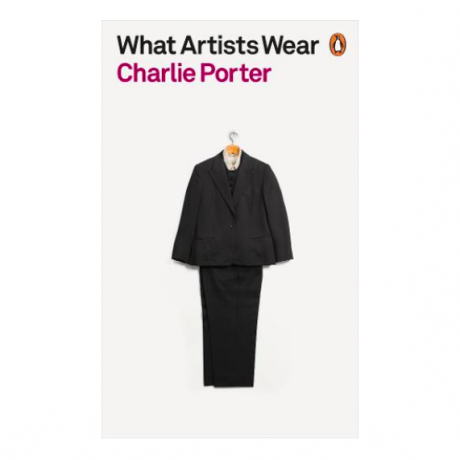
The old adage ‘dress for the job you want’ might seem outdated after a homebound lockdown spent in elasticated waistbands and slippers, yet it is impossible to deny that the clothes we wear are fundamental to how other people perceive us. Fashion journalist Charlie Porter considers the many different ways these perceptions manifest in his new book What Artists Wear, which threads the significance of cultural touchstones such as Levi’s jeans, T-shirts and tailored suits together with the influence and innovation of some the greatest artists from the past century.
The chapters take on accessible themes such as ‘workwear’ and ‘paint on clothes’, considering the role of the studio practice as much as the performative aspects of dress. These are punctuated by diaristic case studies, detailing the sartorial proclivities of individual art stars such as Louise Bourgeois (white skirts, dark trousers and a monkey-fur coat), Andy Warhol (jeans and polo necks) and Joseph Beuys (that ever-present felt hat). Here Porter is able to flex his own proximity to these creative powerhouses, drawing on first-hand meetings, extensive research and subsequent interviews to piece together anecdotes concerning how, why and where these artists sported their favourite garments.

“Porter is able to flex his own proximity to these creative powerhouses, drawing on first-hand meetings, extensive research and interviews”
Another key concern for Porter is how fashion has become an important facet of art making, beyond creating a barrier to studio mess (which is demonstrated by the incredible chaos invoked artists such as Lucian Freud and Phyllida Barlow, who employ industrial overalls). He considers Yayoi Kusama’s early fashion label, which manifested as part of her New York ‘happenings’, with cut-out dresses and her famous spot motifs. He also interrogates the work of Cindy Sherman, who has long considered clothing to be an integral part of her creative milieu. “An interesting garment is more likely to inspire the character than anything else,” she says.
Some of Porter’s most interesting examples are also the newest. He recalls Zadie Xa’s brilliant performance Grandmother Mago at the Venice Biennale, where parading performers wore tie-dye garments and elaborate headpieces inspired by shamanic Korean folklore. As Porter notes, these figures were immediately set apart from the crowds thanks to their mythical dress, even before the drumming and dancing commenced.

Another stand-out is Anthea Hamilton’s The Squash installation at Tate Britain, where she sought to subvert the building’s iconography and heritage by tiling the entire Duveen Galleries, and employing dancers who wore costumes inspired by various gourds, designed by high-end fashion brand Loewe. Although these fantastic garments, complete with enormous masks, created a strange voyeuristic freedom for the audience to interact at close quarters with the performers (dare I say, an ‘Instagrammable moment’), Hamilton saw these exchanges as an important interrogation of the politics of looking, and being looked at. “The performers were subject to being stared at in maybe not very empathetic ways,” she tells Porter. “I just wanted them to look really good, to just do my best for them.”

“Fashion can be a purely functional device, a marker of history and memory, and a potent form of creative and political expression”
Such a statement gets to the crux of many of the issues this book hopes to bring together. Fashion can be a purely functional device, a marker of history and memory, and a potent form of creative and political expression. However, whatever you decide to wear, it will always send out a message that is inextricably tied to your own body. It can be a powerful and vulnerable act: artist or not, it tells the world who you are.





